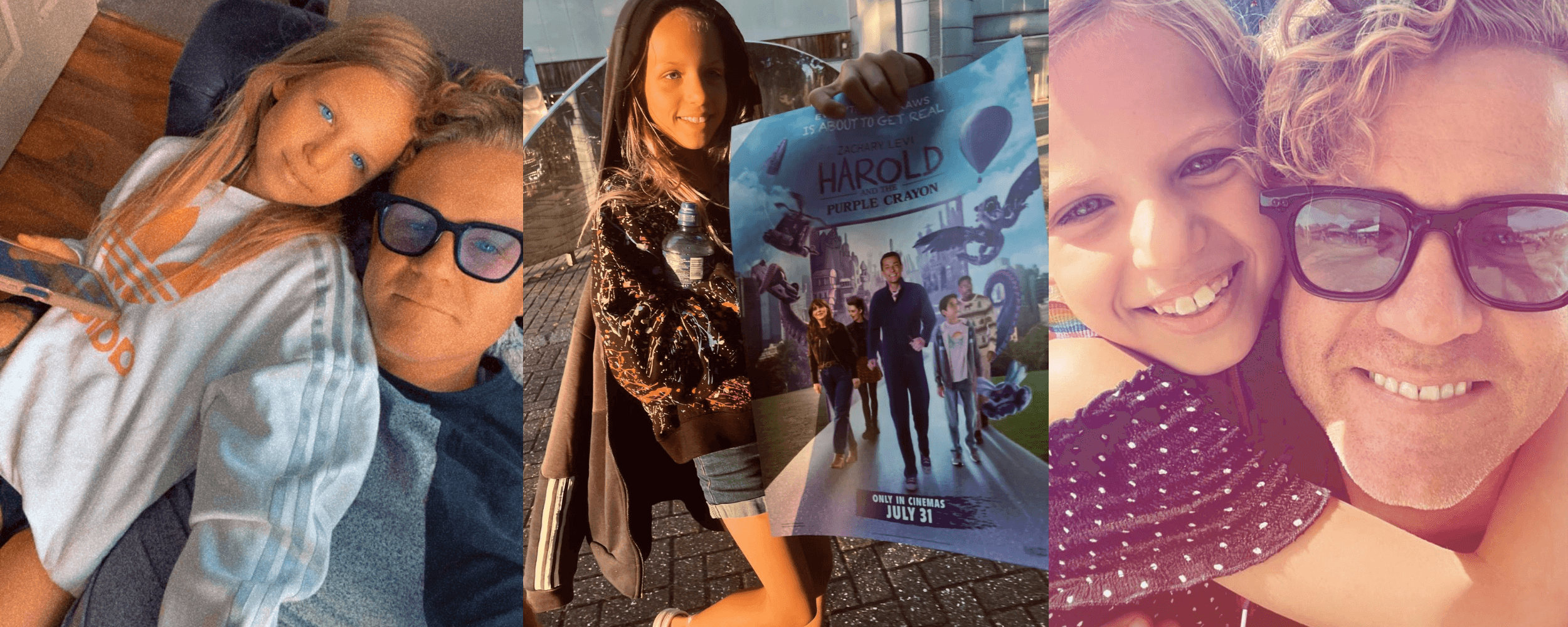Jasey Graham a movie screenwriter


Mastering the Three-Act Structure: A Guide for Screenwriters

The Three-Act Structure is one of the most widely used frameworks in screenwriting. It’s a tried-and-tested model that helps organize a screenplay’s plot, ensuring that the story flows coherently and keeps the audience engaged from start to finish. Many iconic films, from The Godfather to The Avengers, follow this structure, and mastering it can elevate your screenwriting to the next level.
In this guide, we’ll break down the Three-Act Structure, explore key moments within each act, and provide practical tips on how to apply this structure to your screenplay.
1. Overview of the Three-Act Structure
The Three-Act Structure is a blueprint that divides the story into three distinct parts:
- Act 1 (The Setup): The introduction to the world, characters, and central conflict.
- Act 2 (The Confrontation): The protagonist faces escalating obstacles and conflicts.
- Act 3 (The Resolution): The climax, resolution of the conflict, and the character’s final transformation.
Each act serves a specific narrative function, and understanding how they work together will help you craft a compelling, well-paced story.
2. Act 1: The Setup
Act 1 is all about setting the stage for the rest of the story. It introduces the protagonist, their world, and the central conflict. This act typically makes up 25-30% of your screenplay and establishes the emotional tone of the film.
Key Elements of Act 1:
- Opening Image: The first visual or scene that sets the mood and hints at the film’s tone. For example, The Matrix opens with a visually stunning shot of the city, hinting at the underlying mystery.
- Inciting Incident: The event that sets the story in motion, pushing the protagonist out of their ordinary world. In The Hunger Games, Katniss volunteers to take her sister’s place in the Games, changing the course of her life.
- Establishing the Protagonist’s Goal: The protagonist’s primary objective is laid out, often tied to the inciting incident. For example, in The Social Network, Mark Zuckerberg’s goal is to create a successful social network.
- Set-up of Key Relationships: Introduce supporting characters and their roles in the protagonist’s journey, such as allies or antagonists.
Example: In Jurassic Park, Act 1 introduces the island, the scientists, and the impending danger. The inciting incident is the decision to visit the island, leading to the unfolding disaster in Act 2.
Actionable Tip: Ensure Act 1 concludes with a clear turning point that propels the protagonist into Act 2, signaling that the status quo is about to change.
3. Act 2: The Confrontation
Act 2 is often the longest section of a screenplay, making up 50-60% of the story. This act focuses on the protagonist’s journey to achieve their goal, with increasing stakes and complications.
Key Elements of Act 2:
- The First Plot Point: This occurs at the end of Act 1 and marks the moment when the protagonist fully commits to the journey, no longer able to go back to their old life.
- Rising Action and Obstacles: The protagonist faces one challenge after another. These obstacles build in intensity, testing their resolve and pushing them toward a deeper personal transformation.
- Midpoint: A significant turning point that shifts the direction of the story, often introducing a major revelation or challenge. For example, in The Godfather, Michael Corleone’s decision to take revenge on Sollozzo signals a dramatic shift in the story and his character arc.
- The Darkest Moment: Near the end of Act 2, the protagonist hits rock bottom, facing what seems to be the ultimate defeat. This is often followed by a period of introspection and reevaluation.
Example: In The Lord of the Rings: The Fellowship of the Ring, Act 2 follows Frodo’s journey with the Ring as he faces betrayal, danger, and personal doubt. The midpoint occurs when Gandalf is lost in Moria, leaving the fellowship fractured and vulnerable.
Actionable Tip: The midpoint should pivot the protagonist’s approach to their goal, turning their journey from passive to active. This makes their struggle in Act 2 feel purposeful and dynamic.
4. Act 3: The Resolution
Act 3 is the payoff for all the tension and development in the previous two acts. It brings the story to its climax and concludes the character’s arc, resolving the central conflict.
Key Elements of Act 3:
- Climax: The highest point of tension in the story, where the protagonist faces the final confrontation with the antagonist or the ultimate obstacle. This is often a decisive moment, like the final battle or showdown.
- Final Twist: Some films incorporate a twist in Act 3 that adds depth or complexity to the resolution. This could be a revelation that changes how we view the story or the characters.
- Resolution: The conflict is resolved, and the protagonist has undergone a transformation. We see how they’ve changed, and the story’s loose ends are tied up.
Example: In The Shawshank Redemption, the climax occurs when Andy escapes from Shawshank, and the final resolution comes when he reunites with Red in Mexico, showcasing their shared journey of hope and redemption.
Actionable Tip: Act 3 should feel like the culmination of everything that has come before. It should provide closure for the protagonist’s journey, resolving their internal and external conflicts.
5. Key Moments to Focus On
To ensure your Three-Act Structure flows smoothly, focus on these pivotal moments:
- Inciting Incident: This moment shifts the story from setup to action, forcing the protagonist to take the first step toward their goal.
- First Plot Point: Marks the transition from Act 1 to Act 2, where the protagonist fully enters the story’s main conflict.
- Midpoint: A game-changing event or realization that redefines the stakes or the protagonist’s approach to the problem.
- Climax: The moment of greatest conflict and tension, often involving a final showdown or a pivotal choice.
- Resolution: The conclusion where the protagonist’s growth and the consequences of their actions come to fruition.
6. Nonlinear Storytelling and Breaking the Rules
While the Three-Act Structure is a reliable framework, it’s not a strict rule. Many films break the traditional model for creative reasons, such as nonlinear storytelling or multiple storylines. Films like Pulp Fiction or Memento bend or disrupt the classic Three-Act Structure, but still retain the core elements of narrative progression.
Actionable Tip: If you plan to break the Three-Act Structure, make sure the key moments (inciting incident, midpoint, climax, resolution) are still present in some form, even if the order is altered.
7. Common Pitfalls to Avoid
When using the Three-Act Structure, screenwriters often make these mistakes:
- A Weak Inciting Incident: If the inciting incident isn’t strong enough, it may fail to propel the protagonist into action.
- Sagging Middle: Act 2 can drag if the protagonist faces too few obstacles or lacks clear direction.
- Unresolved Arcs: The climax must resolve both the protagonist’s external conflict and their internal arc.
- Predictability: The structure is a guide, but don’t let it make your story too formulaic. Strive for originality.
Actionable Tip: Constantly ask yourself how each scene or sequence pushes the story forward. If it doesn’t, reconsider its place in the structure.
8. Conclusion: Balancing Structure with Creativity
The Three-Act Structure is a valuable tool for screenwriters, but it’s not a one-size-fits-all solution. It provides a clear roadmap for your story, but the magic lies in how you fill in the details.
By mastering the Three-Act Structure, you’ll craft a screenplay that has strong pacing, emotional resonance, and narrative cohesion.
Call to Action:
What part of the Three-Act Structure do you find most challenging? Share your thoughts in the comments, and let’s discuss ways to overcome common obstacles in your screenwriting journey.
